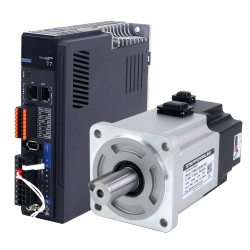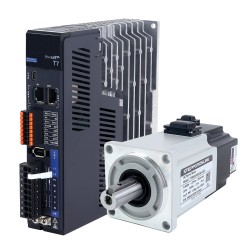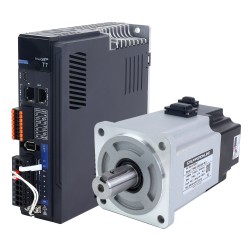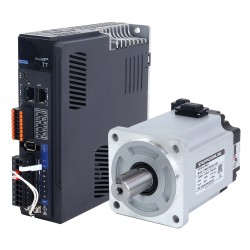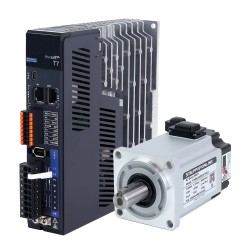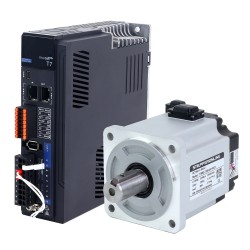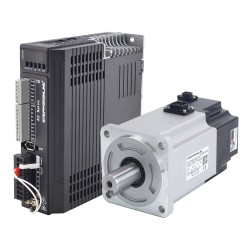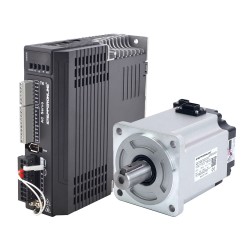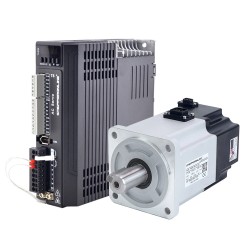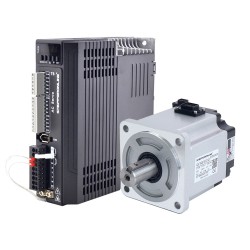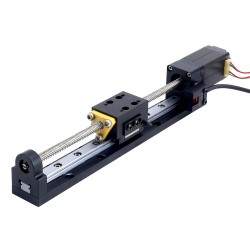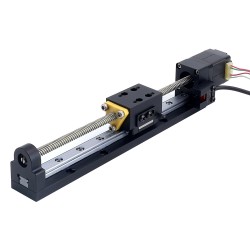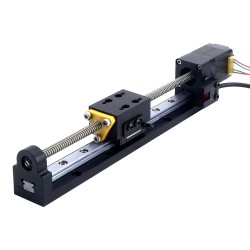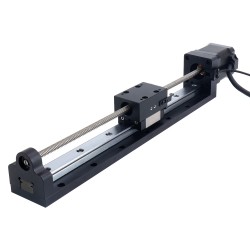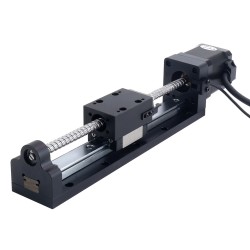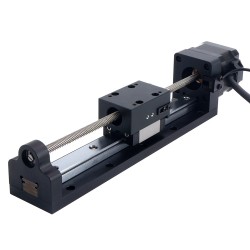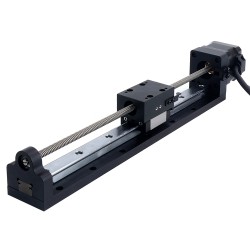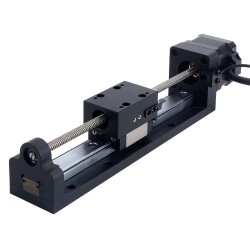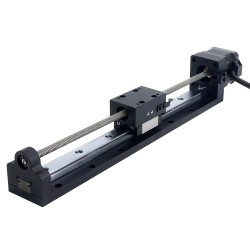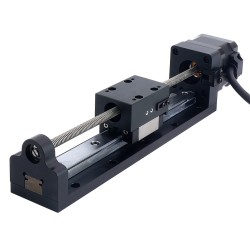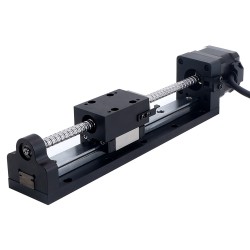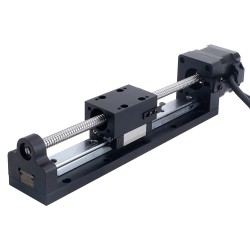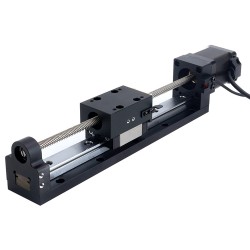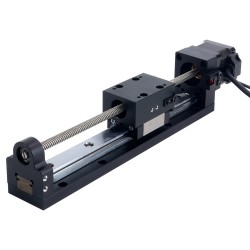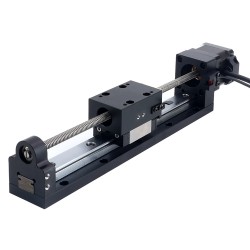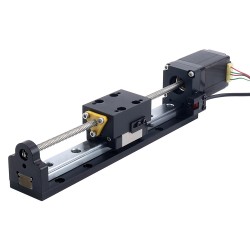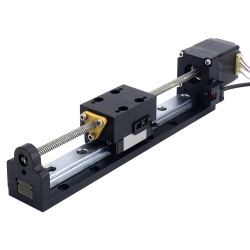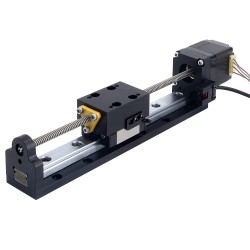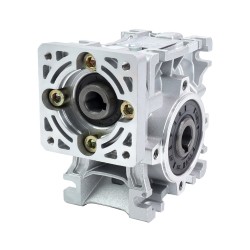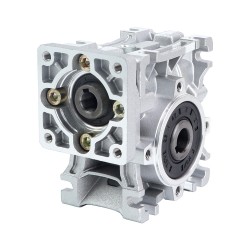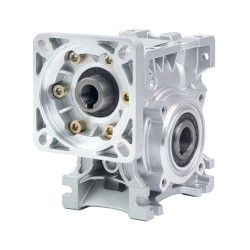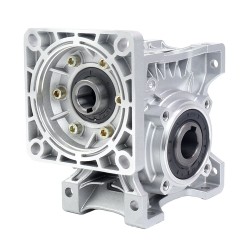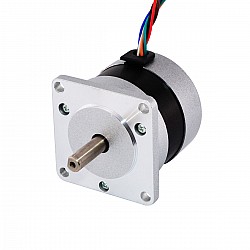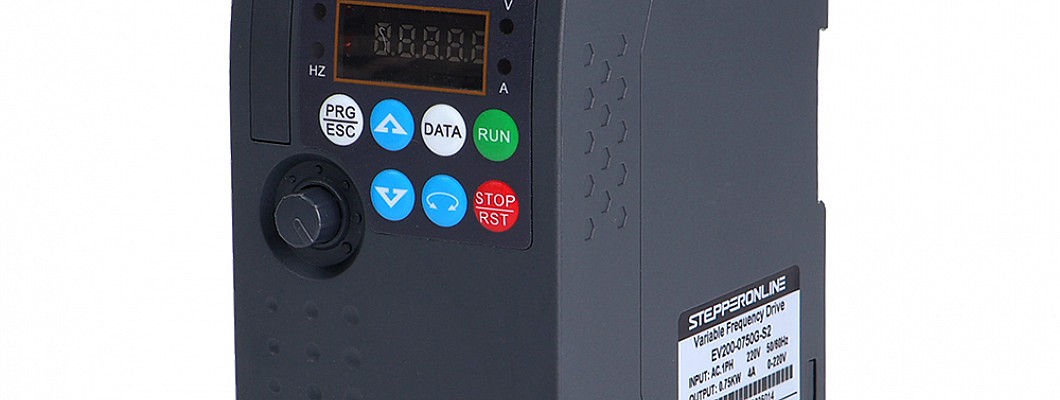
A variable frequency drive (VFD) is a motor driver for electromechanical drive systems that controls the speed and torque of an AC motor by varying the motor input frequency and controlling the corresponding voltage or current changes depending on the topology. It plays an important role in variable frequency speed regulation, energy saving and protection functions. However, how should we select the right VFD? This article is a basic guide on how to select a VFD.
In general, it is advisable to consider the selection of the VFD in accordance with the type of controlled objects, speed regulation range, static speed accuracy, and requirements for starting torque, etc.,
so that it is both useful and economical while meeting the process and production requirements.
The more you know about the VFDs you need for your application, the easier it will be to select the right VFD.
Before you dive into selecting a VFD, it is a good idea to gather basic motor nameplate information to help you choose the right VFD, which is as follows.
- Horsepower
- Full load amps (FLA)
- Voltage
- RPM
- Service factor
- Inverter-duty rated (not on nameplate)
Additional information will be determined based on the requirements of your system and application.
- Load type (constant torque or variable torque)
- Speed range and control method (PLC communication protocol required, 4-20mA signal, etc.)
- Special enclosure needs (where the VFD will be mounted, indoor/outdoor/etc.)
After you have the information on the motor nameplate and how you want to install and control the VFD, it is time to know some important specifications for each VFD that will help you decide what is best for you.
Drive specifications
Full Load Amps (FLA)
Full load amps are used to determine the size of the inverter. Your motor's FLA needs to match the current rating of the VFD you are considering. In addition, you can purchase a VFD with a higher current rating than your motor requires as a safety consideration, which provides a little cushion for your application. This is especially important if you have a high inertia load, or a load that is difficult to start. An oversized current rating of the VFD will allow it to run better and be more reliable in the long run, since you are not running at the maximum capacity of the VFD.
Horsepower (HP)
Knowing the load or motor horsepower is a good way to narrow down your choices to fit your application, but it should not be used as a direct reference for determining the VFD. Due to the variables of load requirements, such as RPM (a 900RPM motor has very different amperage requirements than a 3600RPM motor), sizing a VFD based merely on HP is likely to cause you problems.
Voltage and phase
For a three-phase input, it is critical to match the voltage of the VFD and motor to the voltage available in the field. This is typically 208, 230 or 460VAC for low voltage applications in the US.
For a single-phase input, there are a few more things to take into account. In the case where you have a 3-phase motor, but only single-phase power,
the VFD can act as a phase converter. If your load is 3 HP (approximately a 230VAC motor with an FLA of less than 13.3 amps) or less,
there are several single-phase input drives to consider.If your motor is greater than 3 hp, you can use a drive made for a 3-phase input,
as long as it has been properly derated. As a general rule, you will need to multiply the FLA of the motor by 2 and then select a VFD rated at twice the FLA of the motor.
For example, if you have a 10 HP motor with a FLA of 28 amps, you will need a VFD rated at over 56 amps for about 20 HP.
It is also beneficial to use a line reactor when applying single-phase input power to the drive. This is because VFDs can pollute the power.
When used as phase converters, they are even more polluting to power quality.
Load type (constant torque or variable torque)
You need to select a variable torque or constant torque drive depending on the application.
If the device being driven is a simple centrifugal device such as a fan or pump, then a variable torque drive will be more suitable.
Centrifugal applications seldom exceed the rated current, so a variable torque drive only requires 120% of the overload current capability for one minute.
In addition, variable torque drives can provide maximum energy savings. For example, less torque is required to run the fan at 50% than at full speed.
Variable torque operation permits the motor to apply only the required torque, thereby reducing energy consumption, which is one of the many benefits of VFDs.
For heavier applications that require constant torque at all speeds, constant torque VFDs are necessary, such as conveyors, displacement pumps, punch presses and extruders.
For example, a conveyor runs constantly, but as weight is added to the belt, it requires more power, so your drive must be capable of dealing with this difference.
And that' s why constant torque VFDs need a minimum of 150% of one minute overload current capacity to prevent load spikes.
Speed range
The VFD enables the motor to run under and over speed. In general, a motor should not be run at less than 20% of its specified maximum allowable speed.
When running a motor at less than this speed without precautions to protect it, the motor will overheat.
If you intend to run your motor at low speeds, appropriate precautions should be taken to protect your motor, such as using a separate auxiliary cooling fan.
A VFD can also make a motor run faster than the speed value on its nameplate. As a general rule, motors should not be run faster than 20% of their rated speed. Please note that when you exceed the design speed, this you will lose torque.
In addition, you should ensure that your motor does not run consistently above the FLA rating.
Control methods
When buying a VFD, you'll need to be clear about your method of control. Many users need Ethernet communications to get the right information from their drives to PLCs and production automation systems. More operations are turning to these advanced communication systems, but some inexpensive drives don't include these options.
The following is information on some of the control methods:
- 2 wire control or 3 wire control (2 wire control usually is a hold switch with the off position stopping the drive and the on position starting the drive. 3 wire control permits the use of a start and a stop button.)
- Speed Potentiometer – Enables the operator to set the motor speed with a potentiometer.
- Digital Programming / Display Unit – Allows the operator to program and troubleshoot the drive by entering values through a keypad through an LED or LCD display unit. The display unit can also be used to monitor the operation of the drive.
- Analog Signal Follower – 4-20mA or 0-10VDC; isolated input must be provided for the VFD; twisted/shielded pairs must be used and the wires kept away from 3-phase AC, especially PWM.
- Selector switch speed selection –Permits the operator to select from several preset speeds. If the speed is set through the PLC and there is no analog output, it can also be used.
- Serial Communications – Enables variable frequency drives to communicate on a network, such as MODBUS RTU, allowing the operation of the drive to be coordinated and monitored from a PC.
- Ethernet Communications – Enables variable frequency drives to communicate on a network, such as MODBUS TCP/IP, RTMoE (Real Time Motion over Ethernet), Ethernet/IP, etc.
- System Integration module slots are available for installing additional fieldbus, Ethernet, position feedback, machine control, and extended I/O options.
Custom VFD Products
Like the other devices, a sufficient number of VFD drive accessories are available, which are as follows:
- Disconnect or circuit breaker
- HOA (Hand/Off/Auto switch)
- Pilot lights
- Bypass
- Line reactor
- Harmonic mitigation
- TVSS
- dV/dt filter
It may be difficult to determine the perfect combination of drives and accessories, as it depends heavily on environmental, application and regulatory considerations.
Final recommendations
This guide is aimed at general application sizing and is not attempted to be a comprehensive guide. Special sizing and considerations may be required for some applications and loads. When sizing or specifying a VFD for any application, you need to be conservative and allow for some buffering in the FLA and overload ratings. This is especially true if you have a load that is difficult to start or that experiences heavy loads during operation. If you have any questions about selecting a VFD or have custom requirements, please contact STEPPERONLINE technical support before purchasing.






















































